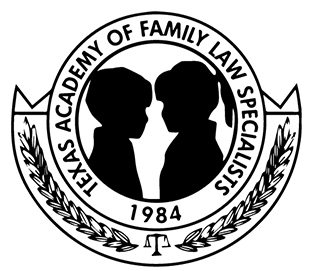Conservatorship is better known as “custody” to most of us in Texas. The framework is clearly laid out in the Texas Family Code, Chapter 153, appointing individuals as conservators while granting them rights of possession and access to the child. Furthermore, conservatorship is broken down into two categories, “managing conservator” and “possessory conservator.”
The managing conservators are broken further into the “sole managing conservator” and “joint managing conservator.” In Texas, it is presumed that the parents should be named as joint managing conservators under the Texas Family Code. However, if a court finds a history of family violence involving the parents or that appointment of the parents as joint managing conservators would not be in the best interest of the child, one parent may be appointed sole managing conservator of the child, with the other a possessory conservator. Joint managing conservators, sole managing conservators and possessory conservators have rights and duties regarding a child as allocated under the Texas Family Code. Those rights include, but are not limited to, the right to designate the primary residence of the child.
Please review our article on Joint Managing Conservatorship vs. Sole Managing Conservatorship for a detailed understanding of the two.
Our attorneys, led by Natalie Webb are board-certified in family law by the Texas Board of Legal Specialization and can walk you through the legal processes with confidence. Contact our office in Dallas, Texas, online or by telephone at (214) 871-2730 to arrange a consultation with an experienced family lawyer at The Webb Family Law Firm, P.C.








0 Comments